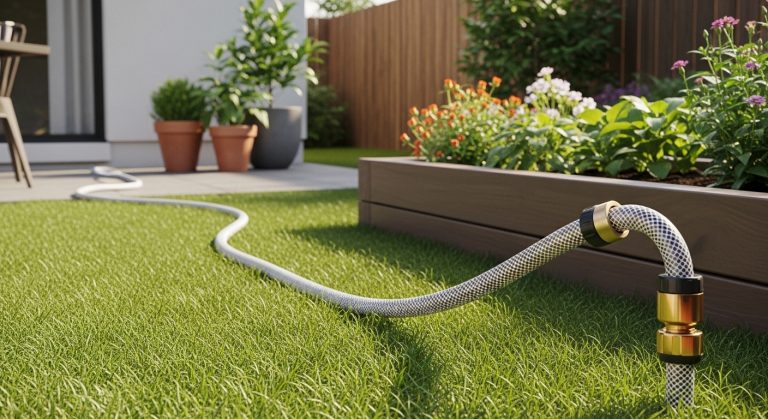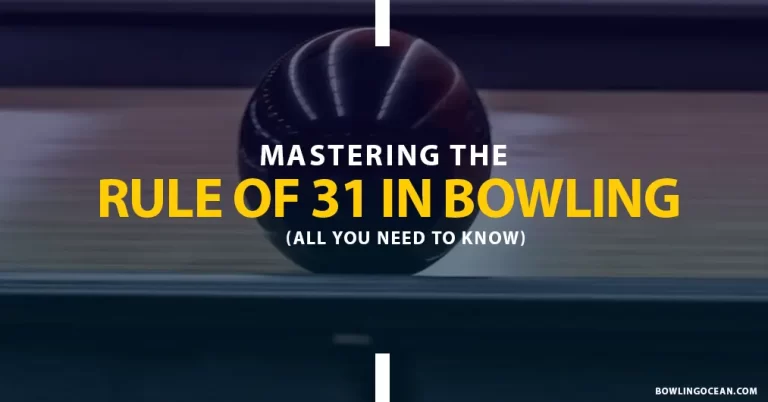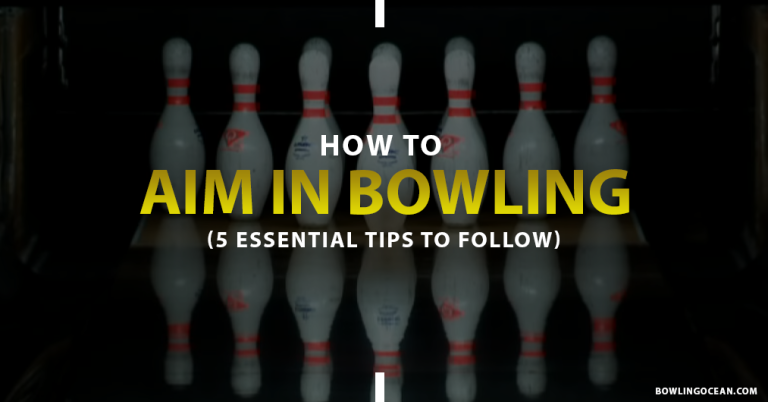How to Bake a Bowling Ball at Home? 8 Easy Steps to Follow
Like any other playing equipment, bowling balls wear down when not cared for properly. You might notice slowed-down performance or a slippery ball surface while gripping. That’s also due to the oil accumulation on the ball’s surface when used over a long time.
After a certain period, cleaning it with a microfiber towel or liquid spray will not do the job. That’s where baking the ball comes in. After a certain period, you must bake the ball to maintain its surface shine and grip. It is easy; want to know how to bake a bowling ball at home?
In this article, I will brief you on baking a ball at home using an oven with simple and easy steps.
How to Get Oil Out of Bowling Ball at Home Using Oven
Baking a ball using a home oven effectively rejuvenates your original shine and performance without going the extra mile. This will help you get a strike every time in bowling without slipping your grip. Before proceeding with the process, cult with the ball manufacturer if it is safe because all balls are not recommended for baking.
1. Material Required
Before starting the process, gather all the necessary materials and safety tools.
- Gas/electric oven
- Oven thermometer, if it doesn’t have one already
- Aluminum foil
- Baking sheet
- Towel or oven mitts to handle
- Timer to note the baking time
- Preheating the Oven
Bowling balls are made of different materials and may have different baking temperatures, so before this must ask for the right temperature to bake your bowl from its manufacturer.
The temperature unusually ranges between 120°F and 150°F (49°C and 66°C). The right temperature is crucial for ensuring the baking correctly. Low temperature will not help you with how to bleed a bowling ball out of oil entirely, and high temperature might form a crack.
2. Prepare the Ball
Before placing the bowling ball in the oven, cleaning the surface to remove dirt or excess greasiness is important. Use liquid soap mixed with warm water and, with the help of a cotton towel, clean the ball’s surface. Repeat the cleaning process twice to three times to remove dirt, debris, or oil from the surface.
3. Cover the Baking Sheet
The ball will not go straight into the oven; you will need a baking tray according to the size of the ball. Cover the baking tray with the baking sheet first, then layer the aluminum foil. The aluminum foil will help to distribute the heat properly along the ball’s surface, and baking paper save tries from any damage.
4. Place the Ball
Now, carefully place the clean and dried ball on the sheet-covered tray and even out the cover property to fix the ball. If there are any wrinkles, the ball will not be set properly, and the baking process might not proceed evenly.
5. Bake the Ball
Place the tray with the ball in the oven for the next step. Ensure that the ball is in the center of the tray and not to the side or touch the oven’s walls. Set the timer according to the needed baking time; usually, it ranges from 20-30 minutes.
6. Monitor the Process
To ensure proper baking, monitor the oven temperature using an oven thermometer. It will allow you to keep track of internal heat so that ball must be baked equally from all sides. During the process, if you feel like the ball is still shiny on the surface, increase the temperature as required.
7. Remove from the Oven
After the timer goes off, carefully open the oven. Wear oven mitts or use a towel to remove the tray from the oven. Place the tray on some heat-resistant surface carefully and leave it to cool down for an hour, do not rush.
8. Clean and Test
Once the ball is cooled down, use the same cleaning process to clean the ball’s surface. Some residues might be left on the ball’s cover by the baking process so cleaning will remove them. Test the ball by playing a shot; it will make you sure about its performance. If you need to learn the right way, check how to practice bowling at home.
Advantages and Disadvantages
Baking a ball at home is the most convenient way to maintain the performance and life of your bowling ball. However, like all other processes, this practice has some up and downs; let’s check them out.
| Advantages of Baking a Bowling Ball | Disadvantages of Baking a Bowling Ball |
| Removes absorbed oil, rejuvenating ball performance | The potential risk of damaging the ball if done improperly |
| Restores the ball’s original characteristics | Voiding manufacturer warranties if not allowed |
| Improves ball reaction on the lanes | Not suitable for all types of bowling balls |
| Cost-effective alternative to rejuvenate performance | Requires careful monitoring of temperature to prevent damage |
| It helps eliminate unpleasant odours | Potential risk of injury if safety precautions are not followed |
Wrap Up
You should know how to bake a bowling ball with a simple method at home. Ensure your ball is safe with the oven, then clean it to remove the excess oil from the surface. Preheat the oven, ready the tray, place the ball, and put it inside the range. Last, carefully remove it, clean it, and test its performance. During the process, keep a close eye on the temperature and use necessary precautions.
With these easy steps now, maintenance of your bowling ball is not something to worry about.
Read Also: How to Resurface a bowling ball
FAQs

William Martin is a passionate bowler who spends most of his weekends playing the sport. With years of intense experience under his belt, William decided to share his knowledge by creating BOWLING OCEAN. Join me on this journey to explore the world of bowling and discover the tips and tricks to becoming a pro.






